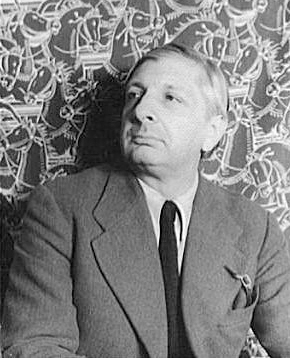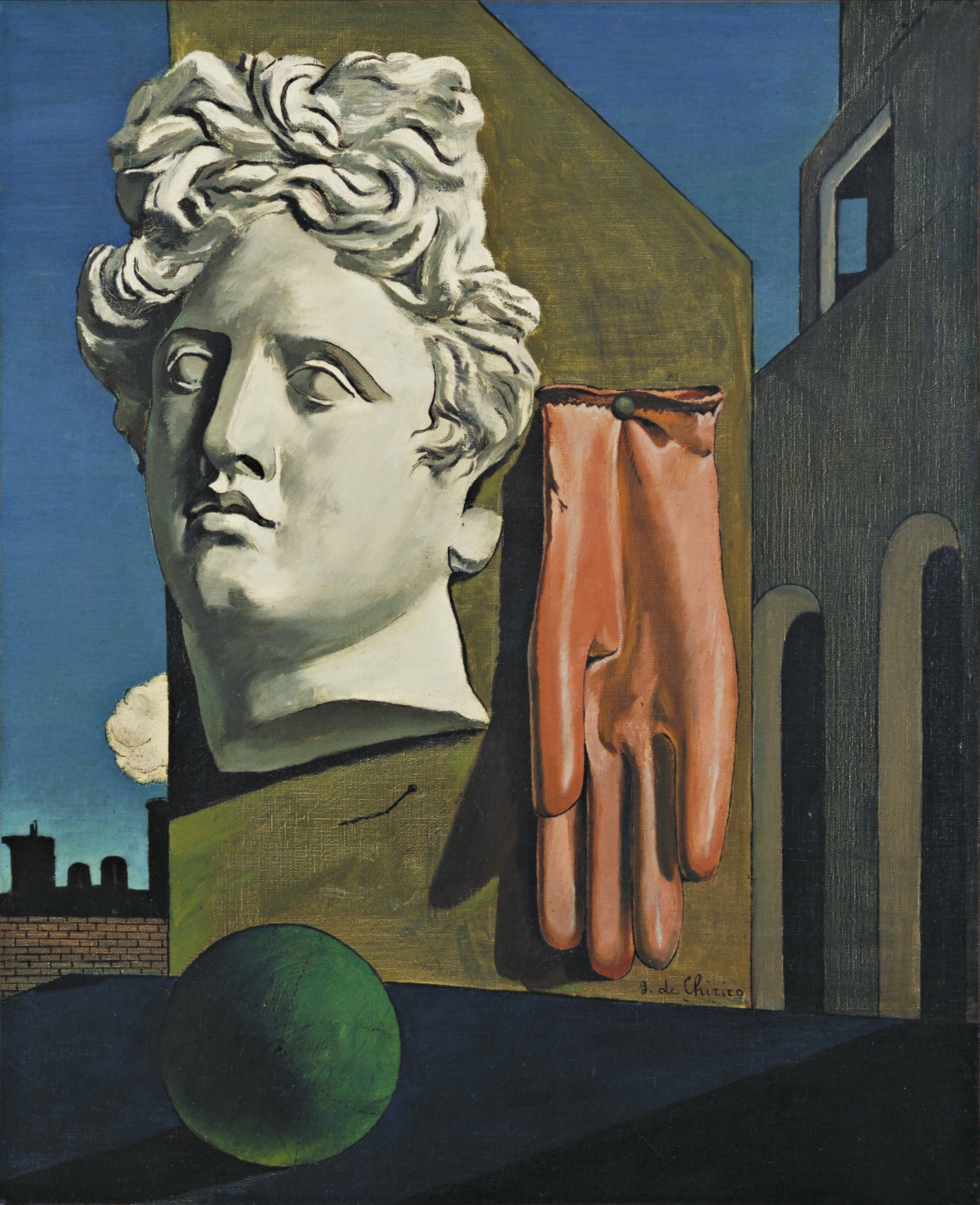Nostalgia noun
1.A wistful desire to return in thought or in fact to a former time in one's life, to one's home or homeland, or to one's family and friends; a sentimental yearning for the happiness of a former place or time.
2.Something that elicits or displays nostalgia.
3. The condition of being homesick; homesickness.
Infinite adjective
1.Immeasurably great: an infinite capacity for forgiveness.
2.Indefinitely or exceedingly great: infinite sums of money.
3.Unlimited or unmeasurable in extent of space, duration of time, etc.: the infinite nature of outer space.
4.Unbounded or unlimited; boundless; endless: God's infinite mercy.
5.Mathematics.
a.Not finite.
b.(of a set) having elements that can be put into one-to-one correspondence with a
subset that is not the given set.
Infinite noun
6.Something that is infinite.
7.Mathematics. an infinite quantity or magnitude.
8.The boundless regions of space.
9.The Infinite or the Infinite Being, God.
10.The unlimited expanse in which everything is located; "they tested his ability to locate objects in space"; "the boundless regions of the infinite".
Influences
De Chirico won praise for his work almost immediately from writer Guillaume Apollinaire, who helped to introduce his work to the later Surrealists.
Yves Tanguy wrote how one day in 1922 he saw one of De Chirico's paintings in an art dealer's window, and was so impressed by it he resolved on the spot to become an artist — although he had never even held a brush.
Other artists who acknowledged De Chirico's influence include Max Ernst, Salvador Dalí, René Magritte, and Philip Guston. De Chirico strongly influenced the Surrealist movement.
Michelangelo Antonioni, the Italian film director, also claimed to be influenced by De Chirico. Some comparison can be made to the long takes in Antonioni's films from the 1960s, in which the camera continues to linger on desolate cityscapes populated by a few distant figures, or none at all, in the absence of the film's protagonists.
Modern photographer Duane Michals was also influenced by De Chirico.
John Ashbery has called Hebdomeros "probably...the finest [major work of Surrealist fiction]." [1]
Fumito Ueda's critically acclaimed Playstation 2 game Ico (and also its sequel, Shadow of the Colossus, in a less direct way) was strongly influenced by de Chirico. Both games feature children wandering though huge, ancient and otherwise uninhabited buildings, are predominately yellow and green in colour and use music only for cut-scenes, enhancing the feeling of space and sparseness. The box art for Ico used in Japan and Europe is particularly imitative of de Chirico's Melancholy and Mystery of a Street and The Nostalgia of the Infinite.
The 1914 painting Melancholy and Mystery of a Street was used as the cover for the "adult version" UK paperback edition of Philip Pullman's The Subtle Knife, part of the His Dark Materials trilogy. It is appropriate considering the novel's setting of a southern European-looking town that was abandoned by all but a few disowned children.
De Chirico's 1915 painting The Seer (or The Prophet) is featured on the cover of jazz pianist Thelonious Monk's 1958 album Misterioso.
Personally I belive The Lost Thing by Shaun Tan has some inspiration to de Chirico's work. But that is a personal consideration by me.
 (c)by Shaun Tan
(c)by Shaun Tan________________________________________________________________________
This post is part of an art assignment to research a painting,document this research and produce an interpretation of said painting. Such is the power of the internet and the immediate quality of blogging.





.jpg)




